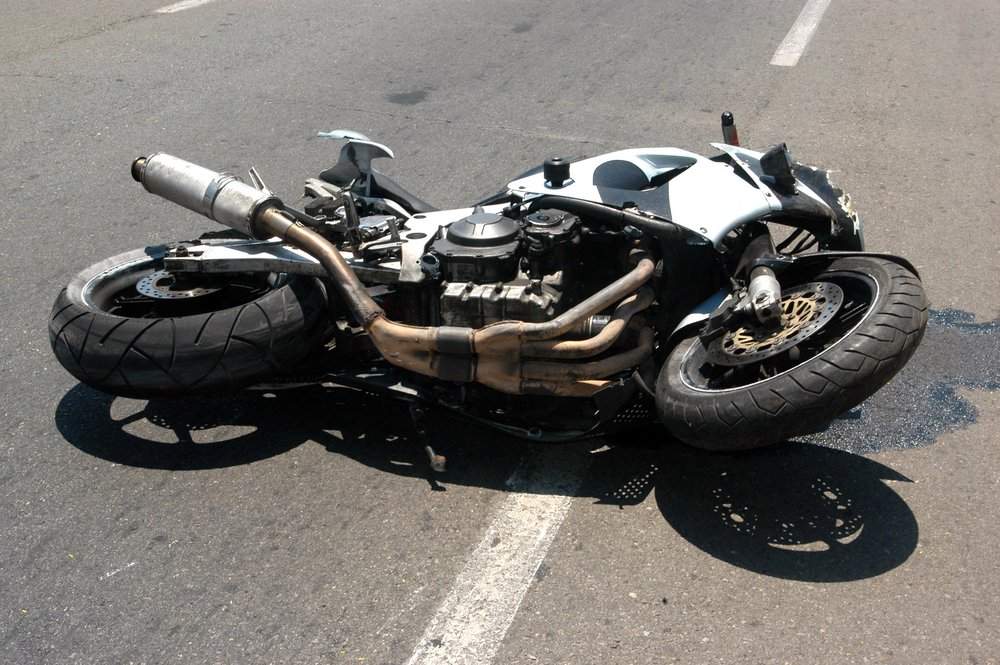According to a news, Honda is developing a new safety feature for its motorcycles. The company is working on an accident detection system that will be able to contact emergency services and is said to be more sophisticated and intelligent than current systems.
If you own an Apple Watch or iPhone, it’s possible that you activated the device’s crash detection feature while out riding.
Some people, especially those who don’t remain current by watching the most recent Keynotes from Cupertino, may have been astonished when this feature was originally shown off in the most recent iOS release.
But, for individuals who enjoy extreme sports or, in our instance, motorcycle riding, this is a crucial characteristic to take into account.
Many high-end or mid-range motorcycles already have sensors, and other manufacturers have already adopted their own systems that make use of those sensors in combination with a smartphone pairing feature to automatically contact loved ones, send a location, and even call emergency services.
Honda’s Upcoming Crash Detection System
Yet, it is said that Honda’s upcoming feature is cleverer. According to Cycleworld, the system will utilize any available sensors from the phone, Bluetooth headset, and even the bike.
Three devices’ data provides a “better resolution” than what the market currently has to provide and can therefore give first responders important information if extra care is required.
Depending on the data gathered, the information provided by these sensors can alert rescue workers whether a crash was small or severe.
Via the bike’s current lean sensors, the system will initially determine whether there was a tip-over.
Even some of Honda’s more cheap motorcycles have an automated lean sensor that is intended to turn the engine off in the sad case that the bike tips over.
But before dropping into even the most routine parking lot, the bike will check with the next sensor in its array—the cellphone.
The user will be prompted to deactivate a warning on the phone at this point by conventional crash detection capabilities, which often question if a crash has happened.
The phone will then attempt to contact emergency services if the warning isn’t cancelled within the allotted period set by the feature’s makers since it is presumed that the user lacked the mental clarity to do so.
However, Honda wants to eliminate that step and incorporate a Bluetooth headset. The system can create a more accurate representation of the scene with this additional resolution.
To determine if the rider is laying on the ground, immobile, or if he is able to stand and walk off the tip-over, the system can couple with the Bluetooth device and the phone.
The device will be able to indicate the location of the rider’s helmet and phone in relation to one another.
The system will then have to proceed to call emergency services in extreme circumstances where the bike is on the ground, the phone is not moving, and the Bluetooth device inside or on the helmet is not moving.
There are still further layers because the algorithm is able to determine the rider’s speed just before the collision. The location of the phone and the helmet can also be determined.
Although while the confirmation notification will still appear and offer the option to cancel it, failing to respond will activate the emergency call feature and alert emergency medical personnel even before they arrive at the scene of the accident.
Although the system is now only being patented, if it ever moves past the development and testing stage, we hope to see it on Honda motorcycles.
To read our blog on “Honda raises its bike prices by up to Rs. 35,000,” click here.
